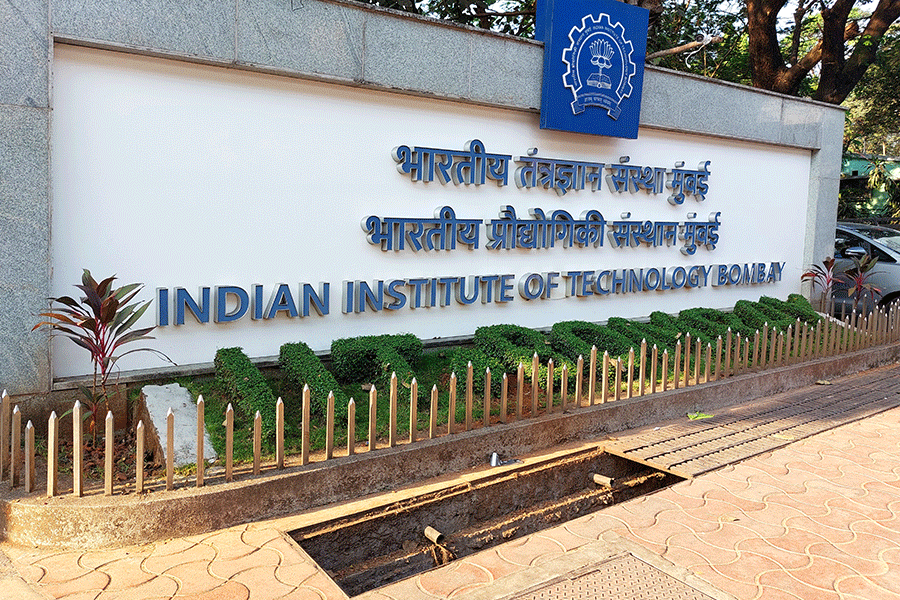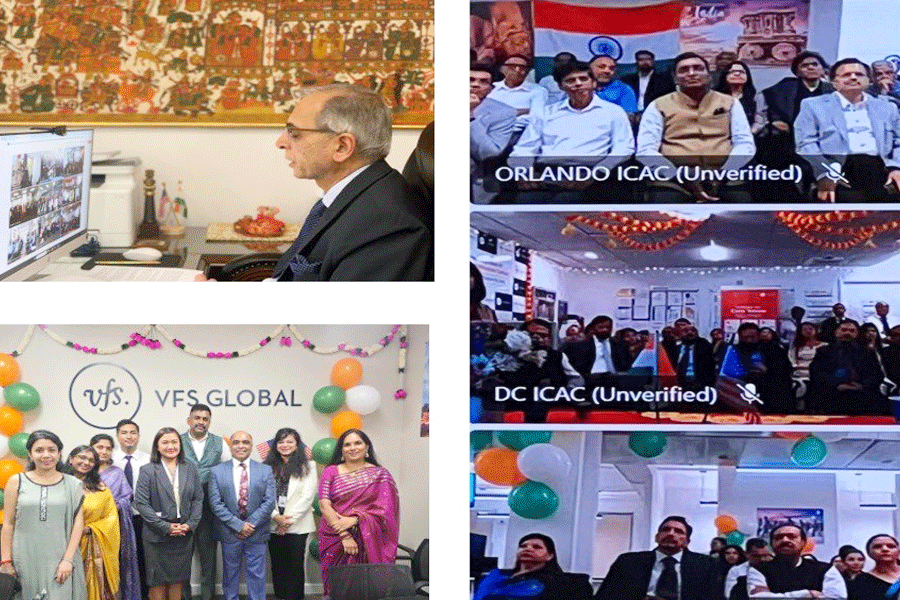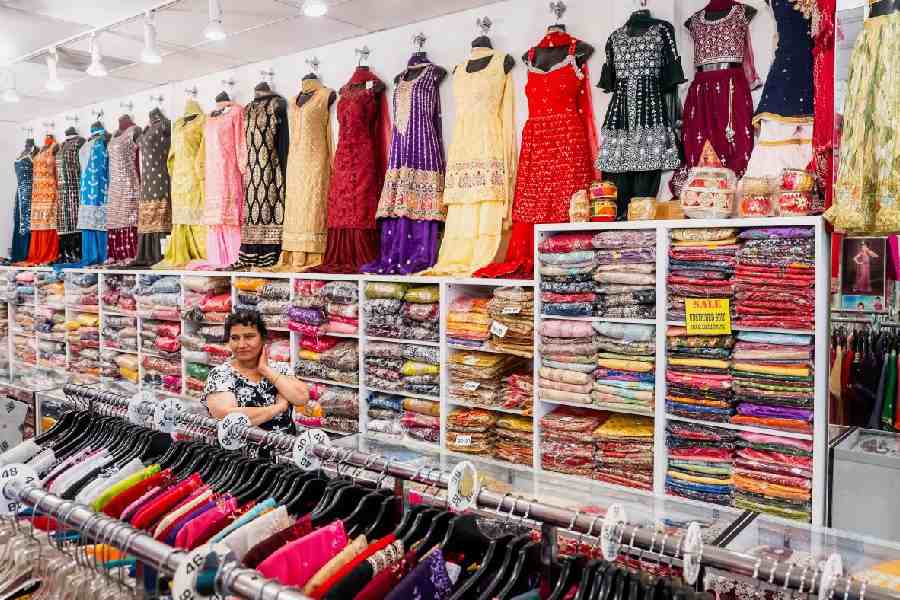 |
| The Rudrasagar lake in Tripura |
Guwahati, Jan. 12: Delhi has designated Rudrasagar lake in Tripura for inclusion as an international wetland site under the Ramsar convention.
This was the only site from the Northeast among six sites designated by India at the ninth conference of contracting parties, recently held in Kampala, Uganda.
Rudrasagar, spread over 240 hectares, is a lowland sedimentation reservoir fed by three perennial streams. It is abundant in commercially important freshwater fishes, with an annual production of 26 metric tonnes. The lake, about 55 km from Agartala, is a major tourist attraction.
The environment and forest ministry is preparing a management plan for the lake. It is an ideal habitat for the three-striped roof turtle, which has been included by the International Union for Conservation of Nature in its red list.
It added that the main threats have arisen from the increasing silt load caused by deforestation, expansion of agricultural land and intensive farming and land conversion for population pressure.
This natural lake lies in the Melaghar area under Sonamura subdivision of West Tripura.
The famous lake palace of Tripura ? Neer Mahal ? is located in the centre of the lake. A large number of migratory birds visits the lake each winter. A boat festival is organised in July and August every year. Tourists can also enjoy boating and watersport facilities in the lake.
The Convention on Wetlands, signed in Ramsar, Iran, in 1971, is an inter-governmental treaty which provides the framework for national action and international co-operation for the conservation and wise use of wetlands and their resources. At present, there are 150 contracting parties to the Convention; 1,555 wetland sites, totalling 129.6 million hectares, have been designated for inclusion in the Ramsar List of Wetlands of International Importance.
Rudrasagar lake is famous for Neer Mahal, the summer resort of Tripura?s erstwhile royal family. The palace is built right in the middle of it. Tripura?s last king, Bir Bikram Kishore Manikya, constructed the palace.
After Partition, there was a massive influx of refugees. People belonging to the community of professional fishermen, the Kaibartyas, were rehabilitated on the banks of the lake as it had always been a rich source of fish. But gradual siltation and encroachment on plots of land around it led to its decline.
Unless the lake is thoroughly dredged and the basin all around it recovered from encroachers, the waterbody will soon dry up and Neer Mahal will collapse.
Two brick kilns, which have been allowed to come up on the banks of the lake, also need to be dismantled.










